An Unfinished Detector has Already Spotted the Highest-Energy Neutrino Ever Seen
When it comes to particles, only photons are more abundant than neutrinos, yet detecting neutrinos is extremely difficult. Scientists have gone to extreme lengths to detect them, including building neutrino observatories in deep, underground mines and in the deep, clear ice of Antarctica. One of their latest efforts to detect neutrinos is KM3NeT, which is … Continue reading "An Unfinished Detector has Already Spotted the Highest-Energy Neutrino Ever Seen" The post An Unfinished Detector has Already Spotted the Highest-Energy Neutrino Ever Seen appeared first on Universe Today.

When it comes to particles, only photons are more abundant than neutrinos, yet detecting neutrinos is extremely difficult. Scientists have gone to extreme lengths to detect them, including building neutrino observatories in deep, underground mines and in the deep, clear ice of Antarctica.
One of their latest efforts to detect neutrinos is KM3NeT, which is still under construction at the bottom of the Mediterranean Sea. Though the neutrino telescope isn’t yet complete, it has already detected the most energetic neutrino ever detected.
The Universe is flooded with them, yet they’re extremely difficult to detect. They’re like tiny, abundant ghosts and are sometimes called “ghost particles.” They have no electric charge, which limits the ways they interact with matter. The fact that they only interact through gravity and the weak nuclear force explains their elusiveness.
Neutrinos can’t be seen and are only detected indirectly on the rare occasions when they interact with matter through the weak force. These interactions release Cherenkov Radiation that detectors can sense. Detectors have to be very large to catch these rare interactions. Km3NeT (Cubic Kilometre Neutrino Telescope) features thousands of individual detectors in each of two sections. At the end of 2024, Km3NeT was only 10% complete, yet on February 13th, it detected an extraordinarily energetic neutrino.
The detection is presented in new research in Nature titled “Observation of an ultra-high-energy cosmic neutrino with KM3NeT.” The KM3NeT Collaboration is credited with authorship.
“The detection of cosmic neutrinos with energies above a teraelectronvolt (TeV) offers a unique exploration into astrophysical phenomena,” the paper states. “Here we report an exceptionally high-energy event observed by KM3NeT, the deep-sea neutrino telescope in the Mediterranean Sea, which we associate with a cosmic neutrino detection.”

Though neutrinos themselves are undetectable, the muons created by their rare interactions with matter are detectable. In this detection, the muon’s energy level was 120 (+110/-60) petaelectronvolts (PeV). High-energy neutrinos like these are produced when “ultra-relativistic cosmic-ray protons or nuclei interact with other matter or photons,” according to the paper.
Because neutrinos seldom interact with matter and aren’t affected by magnetic fields, they could originate from extremely distant places in the Universe. These are called cosmogenic neutrinos rather than solar neutrinos, the more plentiful type that comes from the Sun. Cosmogenic neutrinos are more energetic than solar neutrinos because they’re created by cosmic rays from high-energy astrophysical phenomena like active galactic nuclei and gamma-ray bursts. Since they travel virtually unimpeded from distant sources, they can provide insights into their sources.
In terms of energy level, there are two types of neutrinos: atmospheric and cosmogenic. Cosmogenic neutrinos are more energetic and less plentiful than atmospheric neutrinos. “The neutrino energy is thus a crucial parameter for establishing a cosmic origin,” the paper states.
“The energy of this event is much larger than that of any neutrino detected so far,” the paper states. This could be the first detection of a cosmogenic neutrino and it could be the result of ultra-high energy cosmic rays that interact with background photons.
“Of interest in this article are neutrino interactions that produce high-energy muons, which can travel several kilometres in seawater before being absorbed,” the paper states. As these muons travel through the water, they lose energy. The amount of energy lost in each unit of travel is proportional to the muon’s energy level. By recording the signals and their time of arrival at different individual detectors in the KM3NeT array, scientists can then reconstruct the muon’s initial energy level and its direction.

“The muon trajectory is reconstructed from the measured times and positions of the first hits recorded on the PMTs, using a maximum-likelihood algorithm,” the paper states. The new detection is referred to as KM3-230213A. The 21 detection lines registered 28,086 hits, and by counting the number of PMTs that are triggered, the researchers can estimate the muon energy at the detector.

The KM3NeT Collaboration detected the most energetic neutron ever while still incomplete, and that bodes well for the future. However, the incomplete facility did limit one aspect of the detection. There’s uncertainty about the direction it came from. “A dedicated sea campaign is planned in the future to improve the knowledge of the positions of the detector elements on the seafloor,” the authors write. Once that campaign is complete, the data from KM3-230213A will be recalibrated.
Still, the researchers learned something about the direction of its source, albeit with an uncertainty estimated to be 1.5°. At the vast distances involved, that’s a significant uncertainty. “The probability that KM3-230213A is of cosmic origin is much greater than any hypothesis involving an atmospheric origin,” the paper states.
The researchers identified some candidate sources.
“Extragalactic neutrino sources should be dominated by active galactic nuclei, and blazars are of particular interest considering the very-high energy of KM3-230213A,” the paper states. “To compile a census of potential blazar counterparts within the 99% confidence region of KM3-230213A, archival multiwavelength data were also explored.”
The researchers identified 12 potential source blazars in different survey catalogues.

Neutrinos are abundant yet elusive. They pass right through the Earth unimpeded, and about 100 trillion of them pass through our bodies every second. Detecting them is important because of what they can tell us about the Universe.
The extraordinary energy level of this neutrino is significant in neutrino astrophysics. It shows that nature can generate ultra-high-energy neutrinos, possibly from blazars, which are active galactic nuclei with jets pointed right at us.
“This suggests that the neutrino may have originated in a different cosmic accelerator than the lower-energy neutrinos, or this may be the first detection of a cosmogenic neutrino, resulting from the interactions of ultra-high-energy cosmic rays with background photons in the Universe.”
The post An Unfinished Detector has Already Spotted the Highest-Energy Neutrino Ever Seen appeared first on Universe Today.













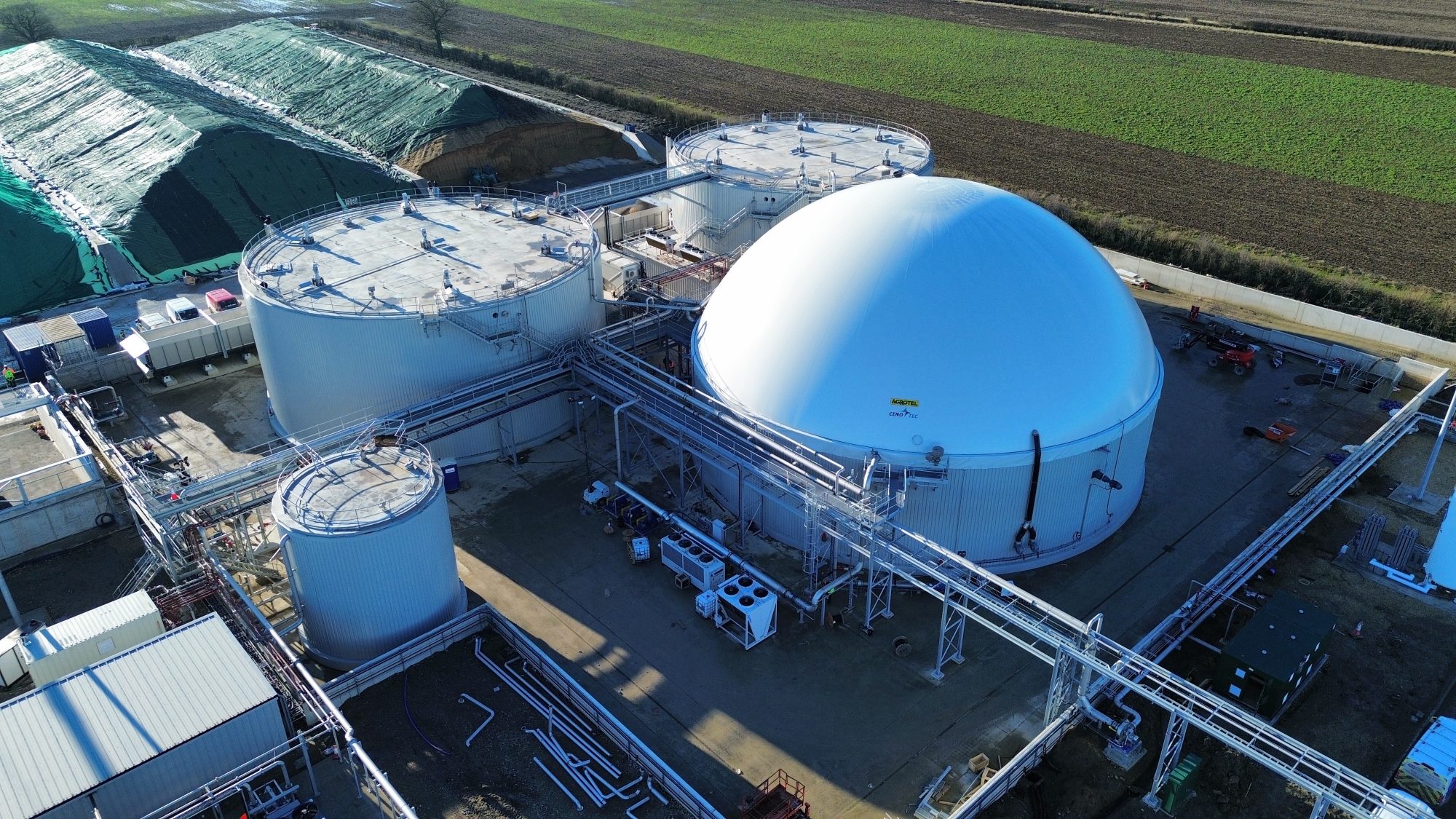



























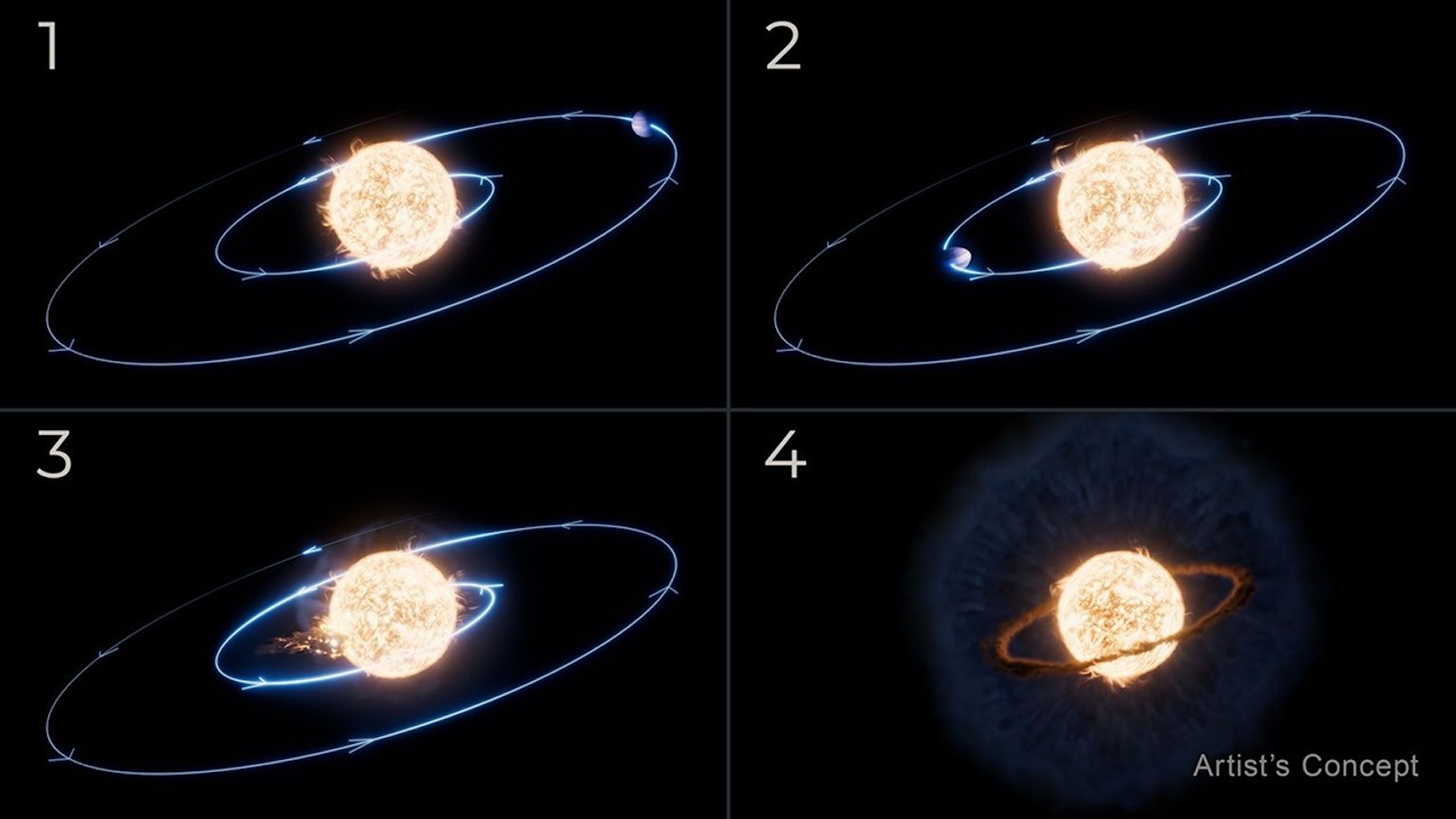


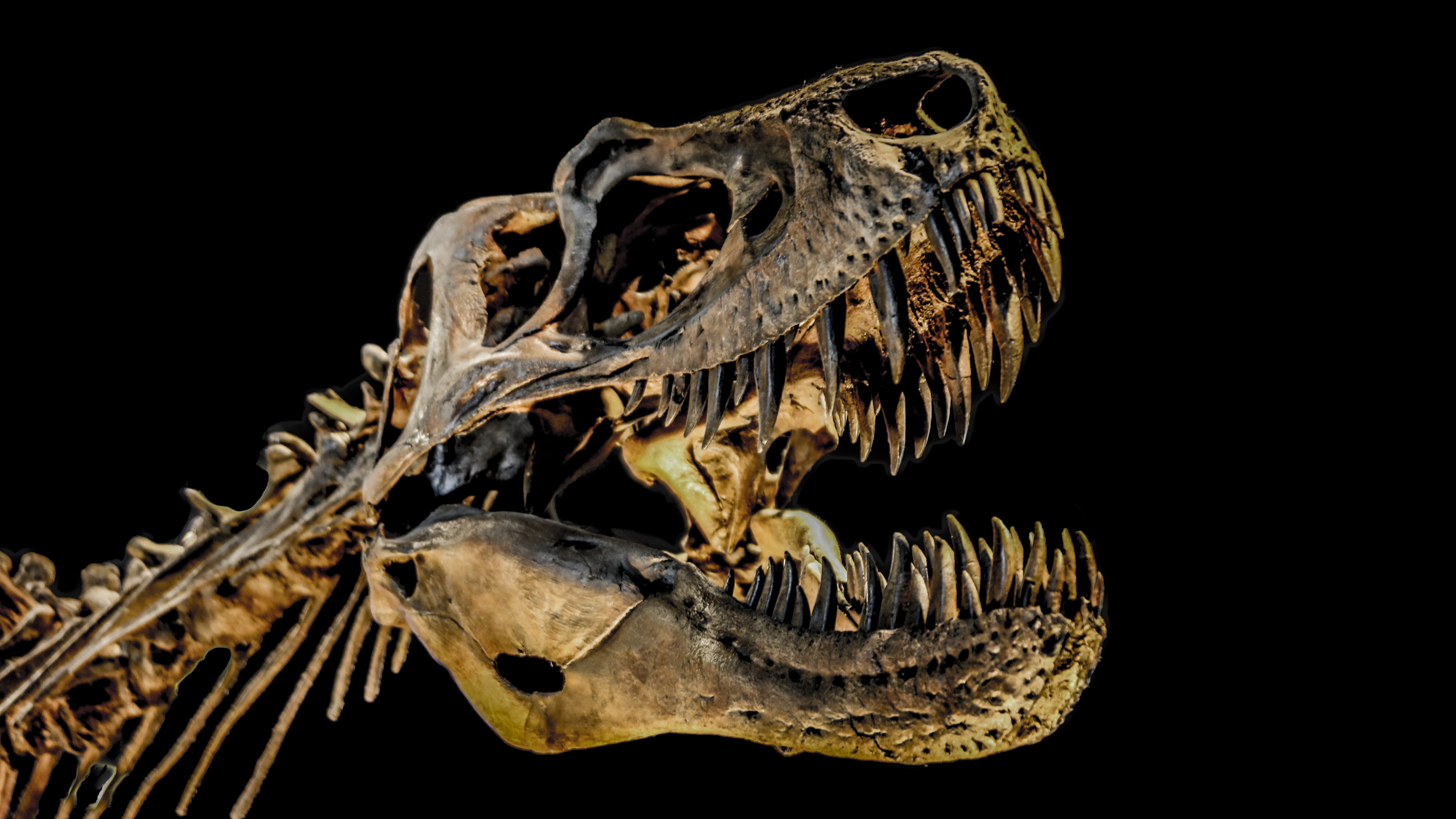
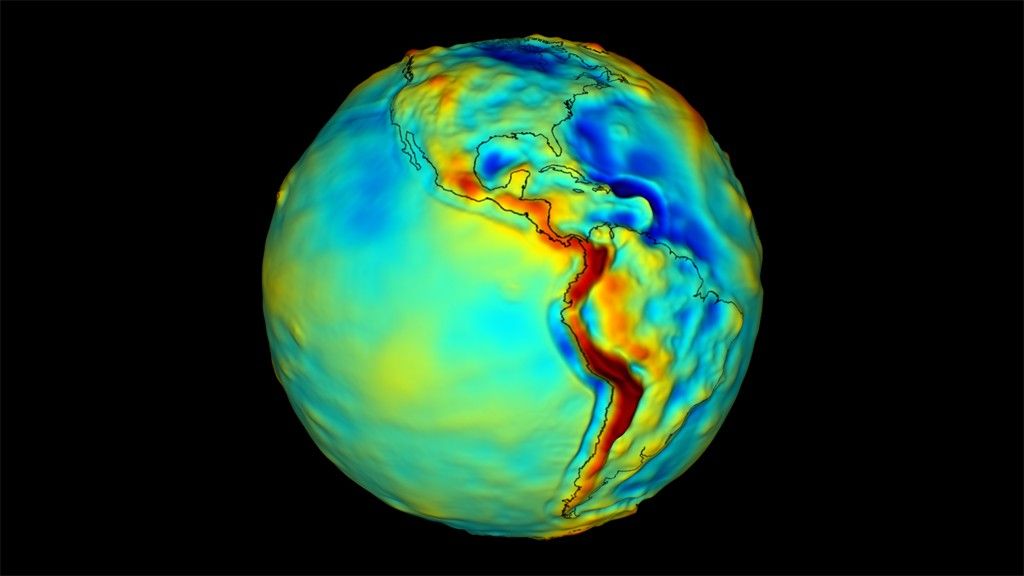

























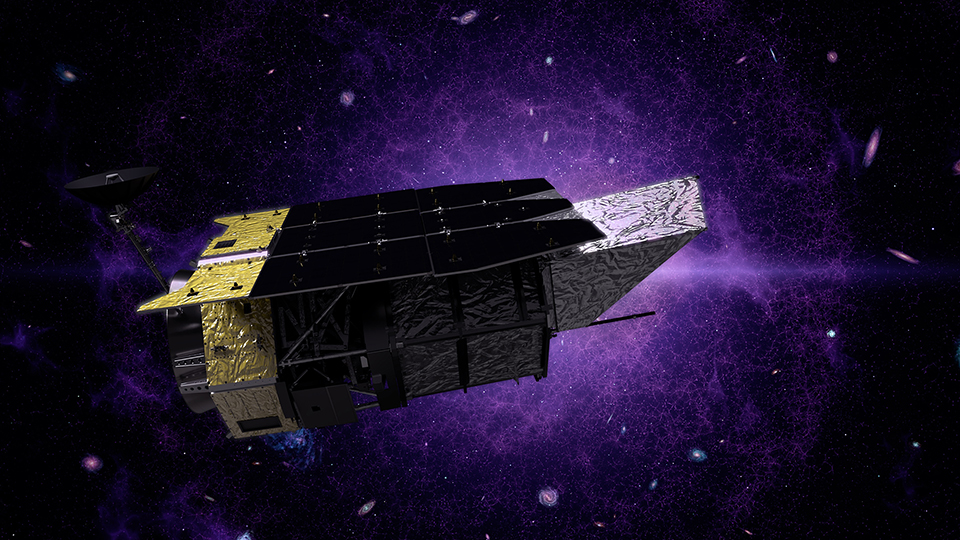





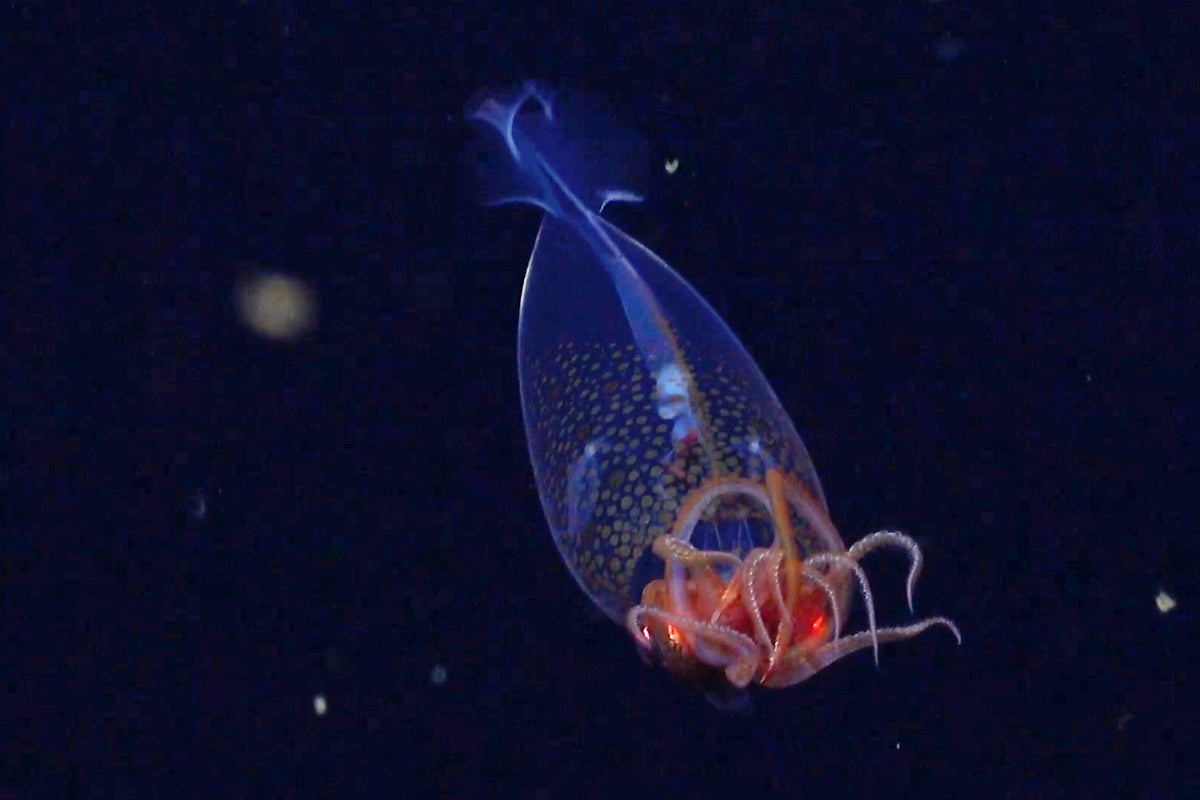


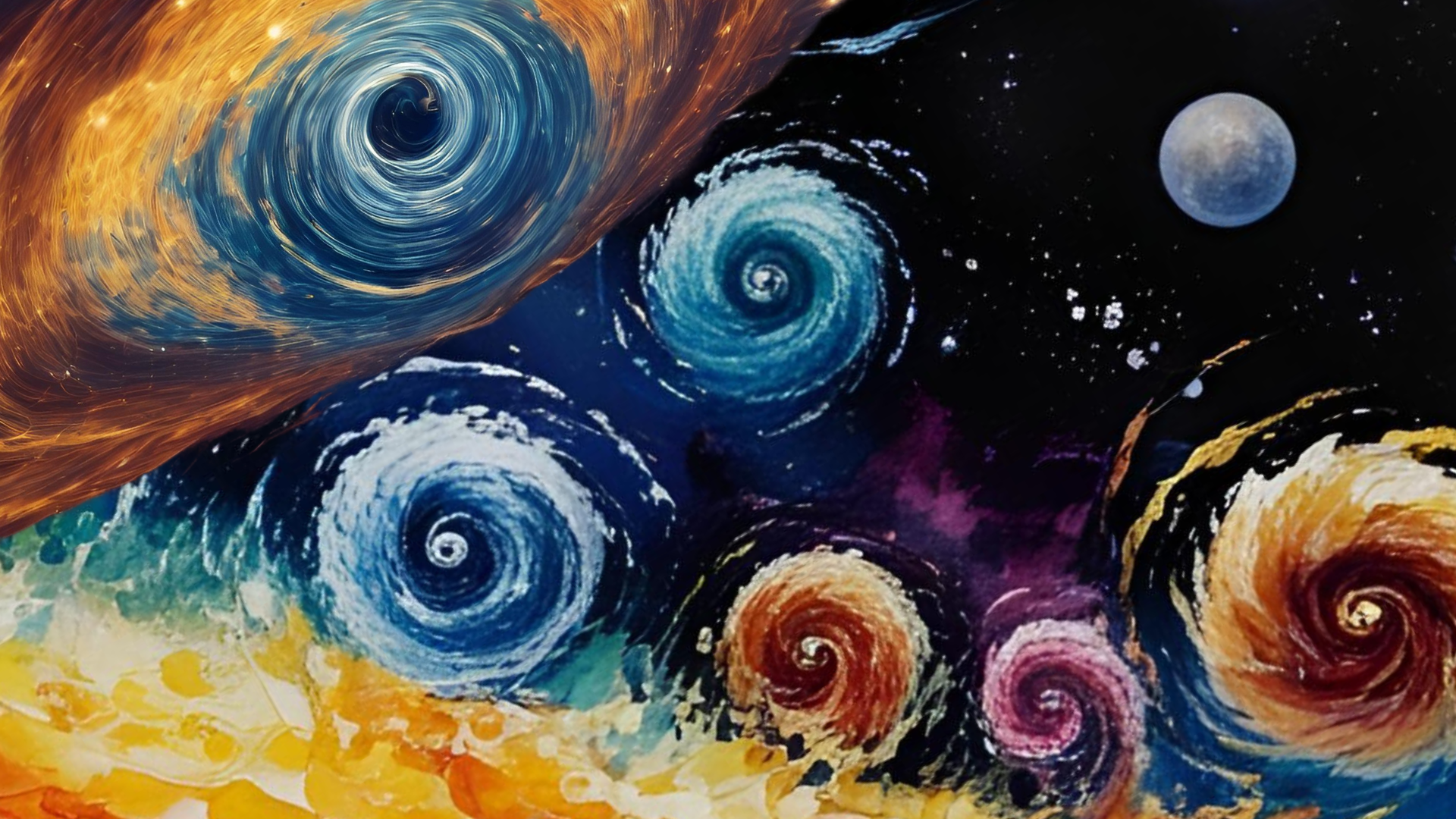
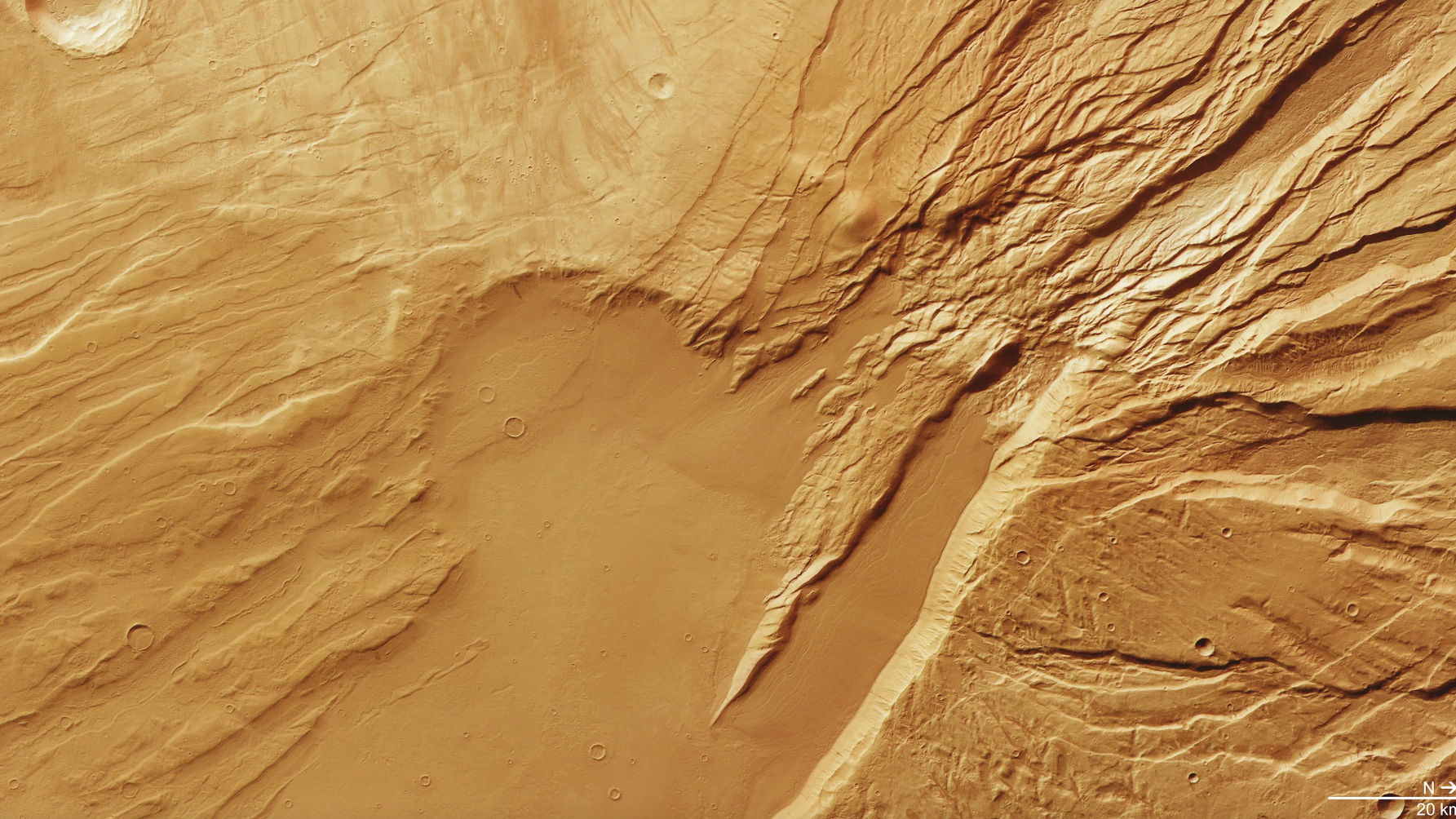
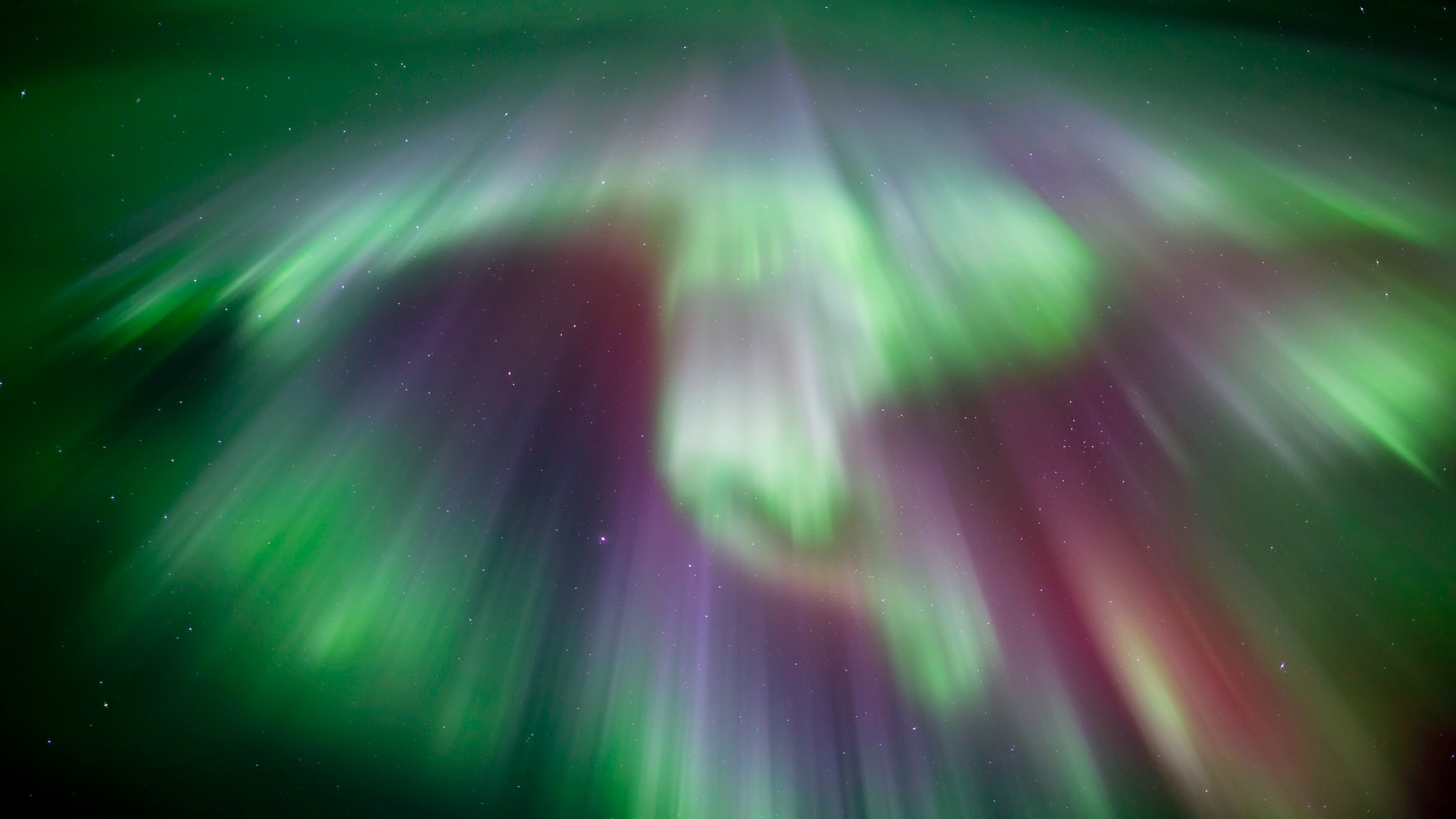


































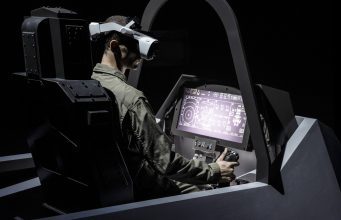


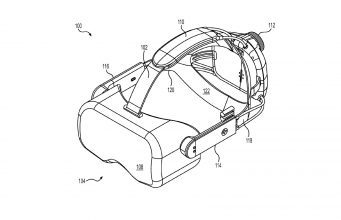



![The breaking news round-up: Decagear launches today, Pimax announces new headsets, and more! [APRIL FOOL’S]](https://i0.wp.com/skarredghost.com/wp-content/uploads/2025/03/lawk_glasses_handson.jpg?fit=1366%2C1025&ssl=1)















